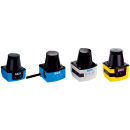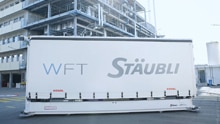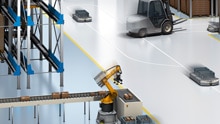ASI Logistics and SICK developed another milestone in the development of autonomous yard truck operations. Together, they solved the issue of reversing into trailers autonomously. Autonomously reversing into trailers is one of the final steps in completing fully autonomous yard operations. ASI Logistics utilized its robust Vehicle Automation Kit (VAK) and 2D LiDAR sensors from SICK to overcome this challenge.
Reverse into trailers autonomously using 2D LiDAR sensors
Autonomous Solutions, Inc. (ASI) is a world leader in industrial vehicle automation. ASI serves clients across the world in logistics, mining, agriculture, automotive, government, and manufacturing industries with remote control, teleoperation, and fully automated solutions from its headquarters and 100-acre proving ground in northern Utah.
Aaron Rothmeyer, Product Manager for SICK in the USA, spoke on the importance of LiDAR in autonomy: “SICK recognizes that better autonomous vehicles are only possible with better sensing technologies. As such, SICK is continually innovating its product portfolio to take advantage of the latest tools and ideas. Their substantial experience with optical devices shows up in well-designed sensors all the way down to the component level. In addition, SICK is also heavily involved in the creation and updating of global safety standards which is a critical step to ensuring autonomous vehicles’ continued success.”
How it works: detecting the trailer’s kingpin
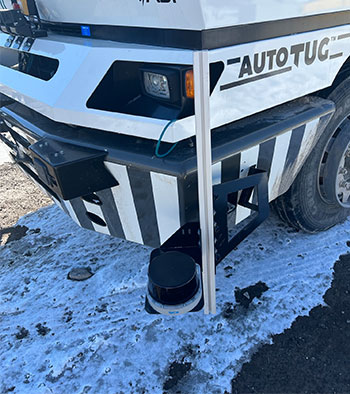
For autonomously reversing into trailers to operate correctly a few technical details must be known. The autonomous trucks must know the position and height of the trailer’s kingpin it is reversing into. The kingpin is the mechanism under the trailer that connects to the truck’s fifth wheel and locks the trailer to the truck. The truck must be able to command the kingpin connection, and the truck must be commanded to reverse autonomously into trailers. ASI Logistics leverages a state-of-the-art VAK to control its autonomous yard trucks. Inside the VAK is the truck’s Vehicle Control Unit (VCU). The VCU commands all the truck’s functions when the truck is in autonomous mode. Relying on quality data transmission from the sensors to the VCU is key to reversing into trailers autonomously. ASI utilizes two 2D LiDAR sensors, the LMS1000 for kingpin position, and the TIM551 for kingpin height.
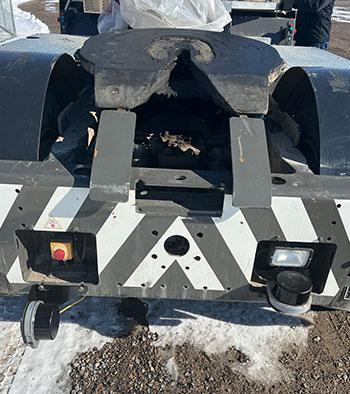
As the truck reverses, the two 2D LiDAR sensors detect where the trailer’s kingpin is and relay this information to the truck’s VCU. The VCU then commands the throttle, brakes, steering, and fifth wheel to continue to reverse safely into the trailer until a secure and safe connection to the kingpin is made. Once the connection is made, sensors indicate that the truck has a secure connection and is now ready for the robotic arm to attach the necessary glad-hands and continue with the rest of the move.
This whole process is completed using ASI’s Mobius software. Mobius is the most advanced command and control software for autonomous vehicles in the world and is backed with over 20 years of industry experience and has millions of data testing hours behind it. Mobius shows real-time vehicle movement, vehicle state, kingpin alerts, and robotic arm control all from an operating entity that can be on-site or anywhere in the world.
ASI's Mobius combined with 2D LiDAR sensors from SICK offer huge potential to continuously deliver the most advanced autonomous yard truck solutions in the world.
Read more
Greater efficiency in the entire supply chain
I would like to keep up-to-date and be informed of new articles on a regular basis!


